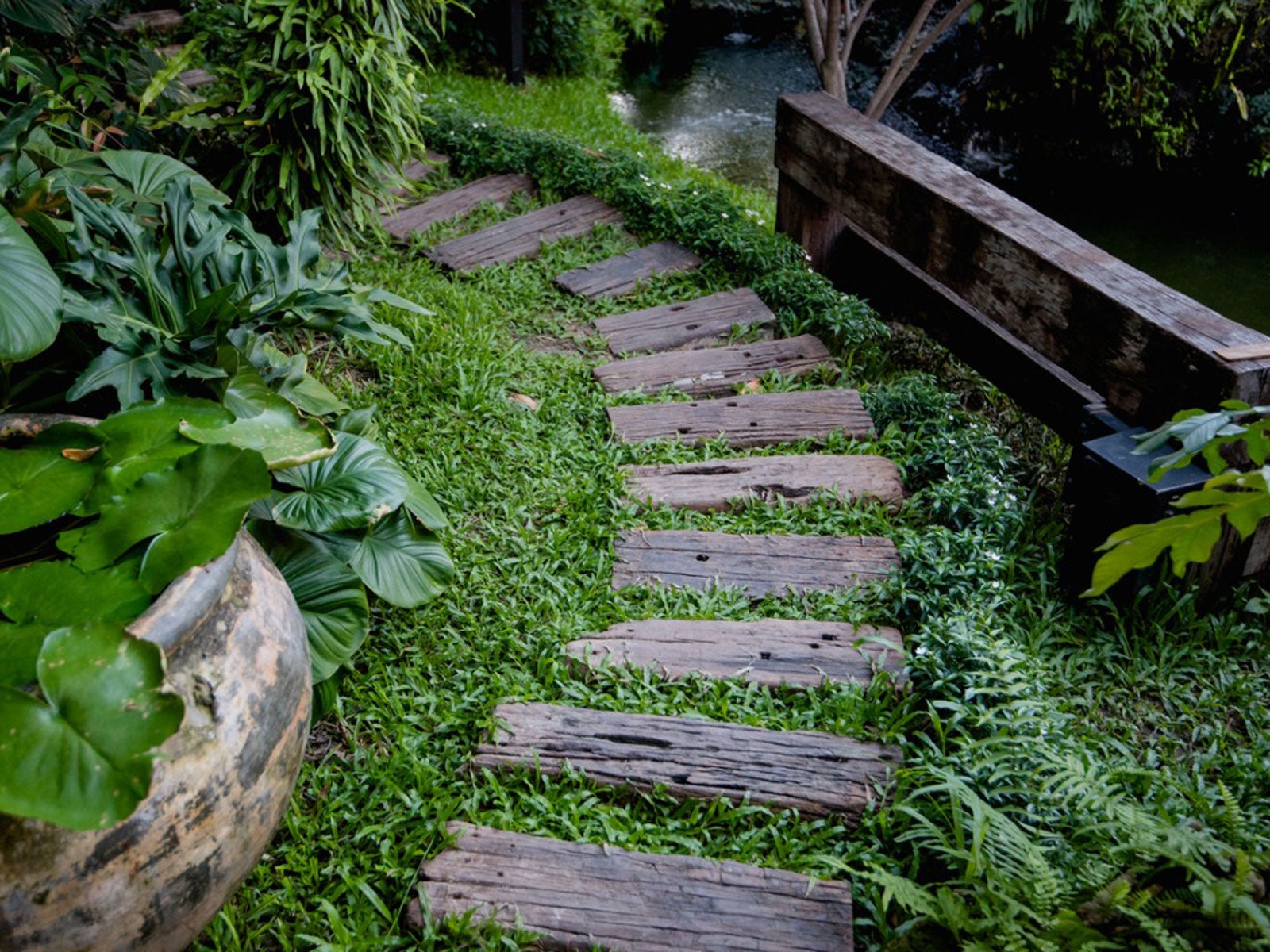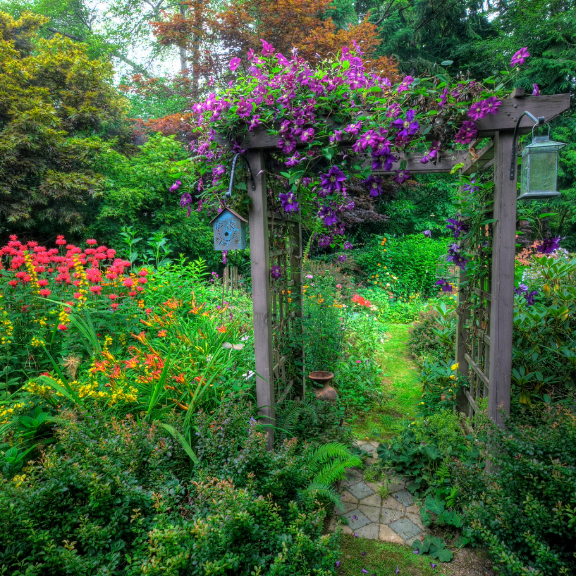Sensory Walkway Ideas – Creating Sensory Garden Paths


A well-planned garden can create feelings of wonder and awe, regardless of its age. The construction of garden spaces we can experience through our senses is just one way we, as gardeners, can develop a greater appreciation for the green space around us.
While beautiful, highly scented flowers and plants are a pleasure to behold, vegetable gardens are a more obvious way we're able to celebrate taste. There are several plants that have unique textures; however, our perception of touch is often overlooked. One way landscapers are utilizing this sense in garden planning is through the creation of sensory garden walkways.
Sensory Walkway Ideas
Outdoor sensory paths can be beneficial for many reasons. Most commonly, those creating sensory garden paths do so for young children or those with specific disabilities, much like typical sensory gardens.
Though these paths can be helpful for those with sensory processing disorders or vision impairment, this does not mean that they cannot be enjoyed by everyone. Since these sturdy paths are designed to be heavily used, they’re an easy way to add extra interest to green spaces.
Designs and sensory walkway ideas will vary greatly from one growing space to another, but all abide by the same general principle. Each sensory garden walkway should incorporate various materials to provide a different feel and/or experience when underfoot.
Outdoor sensory paths can be created in a small space or on a larger scale. In the selection of materials, remember that the path may frequently be used barefoot. This means that gardeners should avoid supplies that are potentially sharp, pointed, or that may splinter. Since variety is key in creating sensory garden paths, make certain to select a wide range of materials for construction.

Common items used in outdoor sensory paths include concrete pavers, bricks, well-sanded wood and logs, round stones, fragrant groundcover plants, and even gravel.
Gardening tips, videos, info and more delivered right to your inbox!
Sign up for the Gardening Know How newsletter today and receive a free copy of our e-book "How to Grow Delicious Tomatoes".
Creating a sensory garden walkway is similar to laying any other path.
- First, select a location and mark the path.
- Begin to remove grass and excess soil from the pathway.
- Build a frame for the path border, as well as any individual segments that are planned.
- Before adding any sensory segments, make certain to consider factors such as drainage, weed control, and maintenance.

Tonya Barnett has been gardening for 13 years. Flowers are her passion. She has transformed her backyard into a cut flower garden, which she regularly chronicles on her YouTube channel http://www.youtube.com/@tonyawiththeflowers.